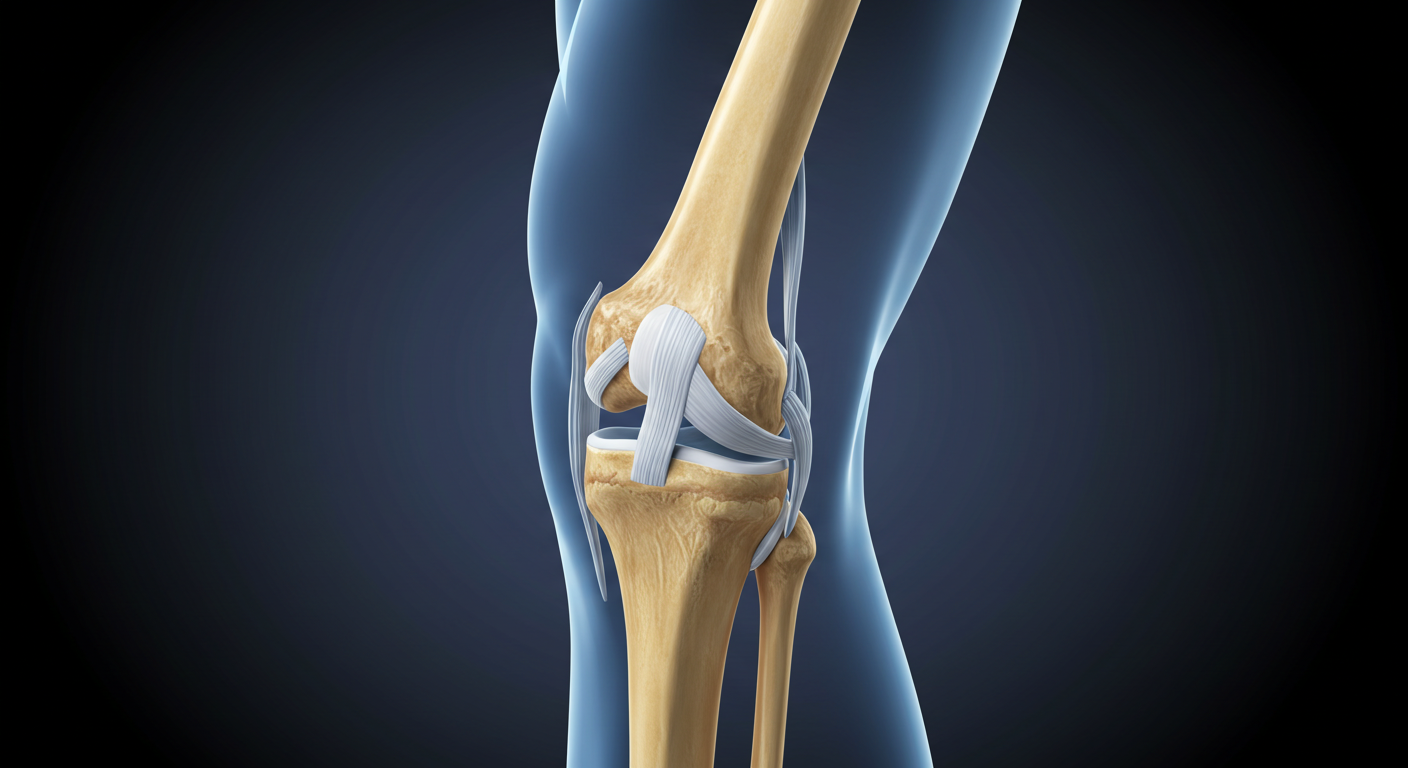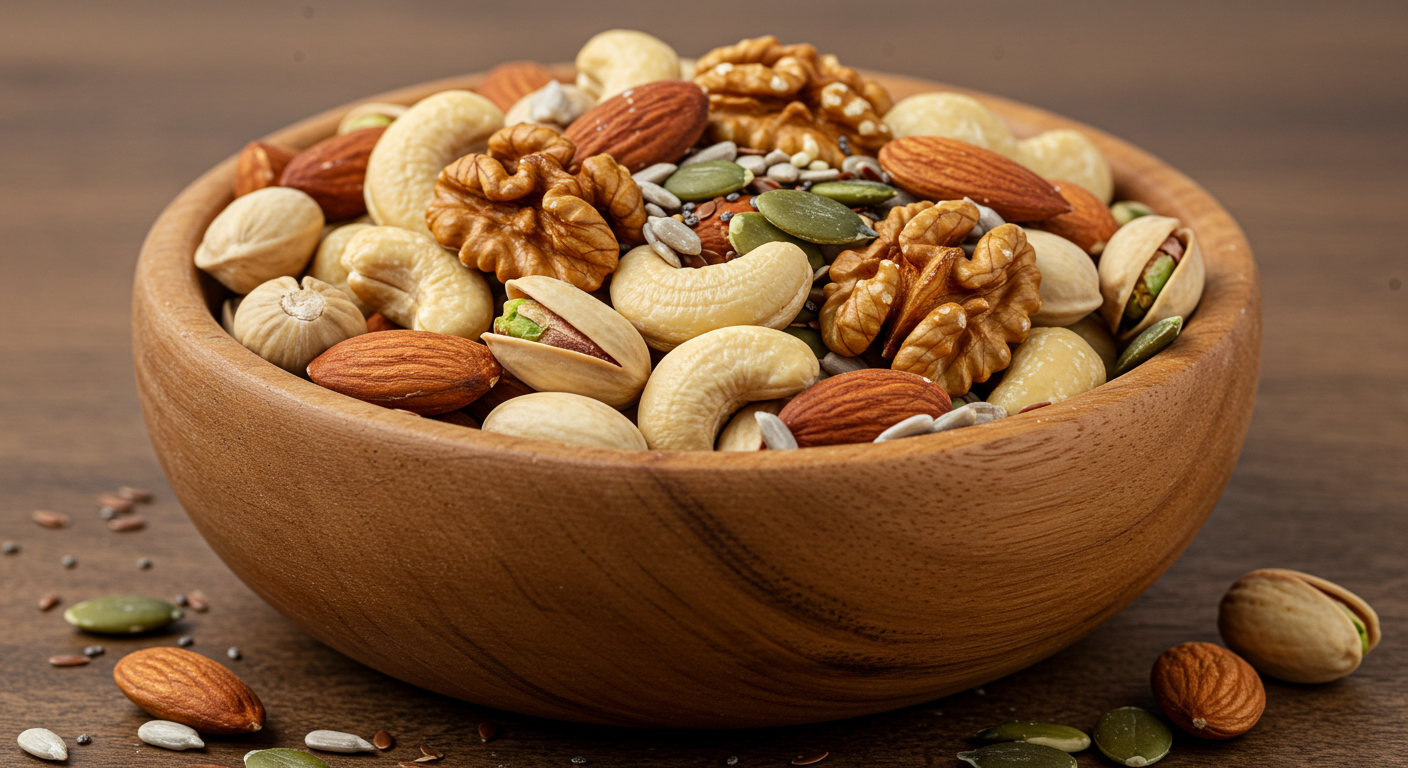Unlock the Secrets to Lifelong Joint Health
Empower Your Joints, Enhance Your Life
Discover the key habits and nutritional strategies to maintain joint vitality and enjoy an active lifestyle at any age.
Transform Your Joint Health Today
Essential Habits for Joint Wellness
Joint health is something most people don’t think about—until it starts to slow them down. Whether it’s aching knees, stiff fingers, or tight hips, joint discomfort can make everyday activities feel frustrating or even painful. But here’s the good news: with a few smart, consistent habits, you can support your joints, reduce discomfort, and stay active well into the future.
Incorporate these practices into your daily routine to support joint health and mobility.
01
Stay Active
02
Stretch Regularly
03
Eat Anti-Inflammatory Foods
04
Consider Supplements
Understanding Joint Anatomy and Health
First, let’s talk about what joints actually need to stay healthy. Joints are where two bones meet, cushioned by cartilage and supported by ligaments, tendons, and muscles. As we age, or with overuse and injury, cartilage can wear down and inflammation can increase. This leads to stiffness, swelling, and pain—but there are ways to protect and support these moving parts of your body.
Start with Gentle Movements
Begin your day with a short walk or a few minutes of cycling to gently wake up your joints and muscles. This low-impact activity helps lubricate joints and prepares your body for the day ahead.
Gentle exercises like walking, swimming, cycling, or yoga can help lubricate joints, improve flexibility, and strengthen the muscles that support your joints. Strong muscles reduce pressure on the joints, especially in weight-bearing areas like the knees, hips, and lower back. Just 20–30 minutes a day of consistent movement can make a big difference. If you’re not used to exercise, start small—even a few minutes of walking each hour adds up.
Incorporate Stretching
After your initial movement, spend a few minutes stretching key areas like your neck, shoulders, and hamstrings. This helps maintain flexibility and reduces stiffness, especially if you sit for long periods.
Stretching is another valuable habit. Gentle stretching, especially in the morning or after long periods of sitting, helps maintain range of motion and reduces stiffness. You don’t need to do complex routines; a few easy moves for the neck, shoulders, hips, and hamstrings can keep your body more comfortable throughout the day.
Schedule Consistent Activity
Set aside 20–30 minutes each day for activities like yoga or swimming. These exercises are gentle on the joints and help build strength in the muscles that support them, promoting overall joint health.
Nourish Your Joints
The Role of Diet in Joint Health
Nutrition plays a crucial role in maintaining healthy joints. An anti-inflammatory diet can significantly reduce joint pain and stiffness. Incorporate foods rich in omega-3 fatty acids, such as salmon and walnuts, to help combat inflammation. Additionally, colorful fruits and vegetables provide antioxidants that support tissue repair. Emphasize whole grains, lean proteins, and healthy fats like olive oil in your meals. Avoid processed foods and excessive red meat to minimize inflammation and support joint health.
Supplement Your Joints
Supplements that Enhance Joint Health
Supplements may be helpful, especially if your joints are already giving you trouble. Glucosamine and chondroitin are well-known for supporting cartilage and reducing joint discomfort in some people. Omega-3 supplements (like fish oil) can help fight inflammation. Turmeric, especially when combined with black pepper (which increases absorption), may reduce joint pain thanks to its active compound curcumin. Collagen supplements can also support joint tissue and skin elasticity. MSM (methylsulfonylmethane) is another option that may help reduce stiffness and improve mobility. Always check with your doctor before starting supplements, especially if you take other medications..
Managing a Healthy Weight
It’s also important to manage your weight. Even a few extra pounds can put added stress on your knees, hips, and lower back. Losing as little as 5–10% of your body weight can significantly ease joint strain and pain. Focus on gradual changes in your eating and activity habits to support sustainable results.
Posture and Joints
Good posture is often overlooked, but it’s critical for joint health. Poor posture puts uneven stress on your joints and muscles. Whether you’re sitting at a desk, driving, or using your phone, pay attention to your alignment. Keep your shoulders relaxed, feet flat, and spine upright. Ergonomic chairs, standing desks, or lumbar cushions can make your daily environment more joint-friendly.
Footware Matters
Footwear also matters. Supportive shoes with good cushioning and arch support help protect the joints in your ankles, knees, hips, and even your back. Avoid worn-out shoes, and consider using orthotic inserts if you have flat feet or alignment issues.
RICE Method
When joint pain does slow you down, listen to your body. Use the RICE method—rest, ice, compression, and elevation—for minor flare-ups or injuries. Over-the-counter pain relievers like ibuprofen or acetaminophen may help temporarily, but don’t rely on them long-term. Gentle movement is often better than full rest. Try light stretches, warm baths, or a short walk to get blood flowing and ease stiffness.
Summary
Joint health doesn’t have to be complicated. With consistent movement, smart nutrition, targeted supplements, and a few daily habits, you can protect your joints and enjoy an active, comfortable life for years to come. Start with one small change today—your future self will thank you.
When to see a Doctor
You should see a doctor if joint pain is severe, sudden, or persistent. If your joint is swollen, red, warm to the touch, or if you can’t put weight on it, those are signs you need professional care. Ongoing joint pain that interferes with sleep, mobility, or quality of life shouldn’t be ignored. A doctor can help identify the cause, whether it’s arthritis, injury, or another condition, and recommend the right course of treatment.
Take the First Step Towards Healthier Joints
Begin your journey to improved joint health today by adopting just one small habit. Whether it’s a daily walk, a nutritious meal, or a simple stretch, every effort counts towards a more active and comfortable future.
Join our community of people like you.
What Our Customers Say
“After incorporating daily walks and a healthier diet, my joint pain has significantly reduced. I feel more active and less restricted in my movements.”
“Stretching every morning has been a game-changer for me. My flexibility has improved, and I no longer experience morning stiffness.”
“Switching to an anti-inflammatory diet was the best decision for my joints. I have more energy and less discomfort throughout the day.”
“Yoga has helped me strengthen my muscles and support my joints better. I feel more balanced and less prone to injuries.”
“The combination of movement and nutrition has transformed my life. My joint health has improved, and I can enjoy activities I love without pain.”












0 Comments